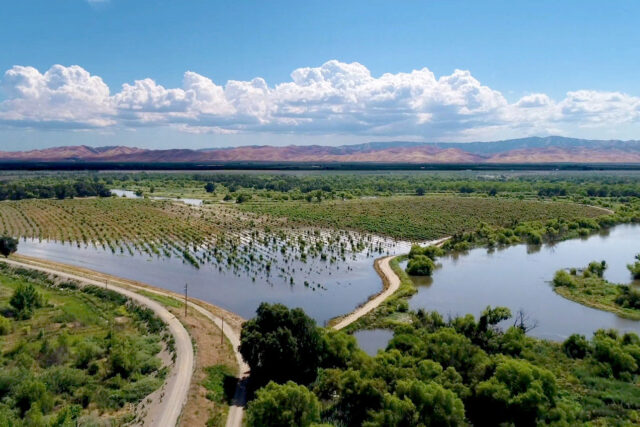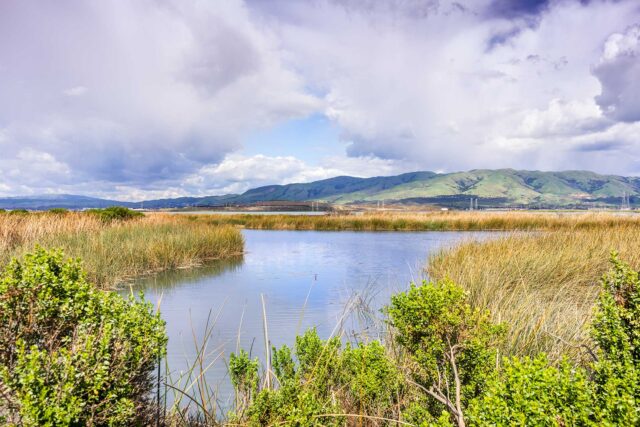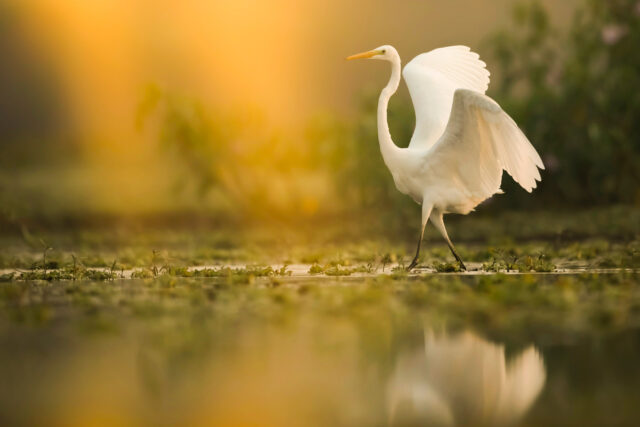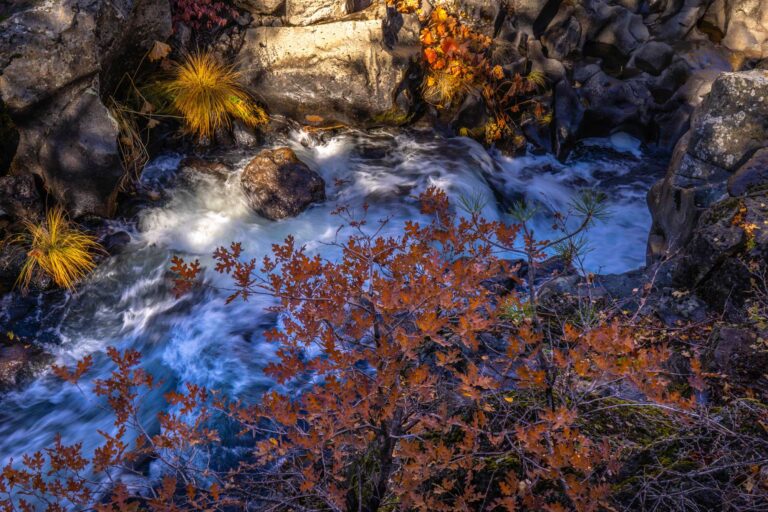California has set an ambitious goal of protecting 30% of the state’s lands and waters by 2030. We spoke with CalTrout’s legal and policy director Redgie Collins about a promising but underutilized tool that could help protect water bodies throughout the state: The Outstanding Natural Resource Waters (ONRW) designation. As Collins says, “You can designate all the land you like, but in order to preserve any ecosystem, freshwater is critical.”

There’s a lot of interest in identifying and protecting Outstanding National Resource Waters in the West. What is this designation and what does it accomplish? Is it the same as Wild and Scenic?
Outstanding National Resource Waters are water bodies that are determined to be important to a state or region. It doesn’t necessarily mean these are undammed, pristine waters; it could be any body of water with important cultural or recreational significance. ONRW designations can protect lakes and spring-fed aquifer systems, which makes it more expansive than Wild and Scenic River designations.
This program is unique because it provides federal protection under the Clean Water Act, but state entities such as the State Water Board and regional water boards can establish the protection without legislative or other state action. It allows states to protect ONRWs at the highest possible tier from any degradation in perpetuity. While states have leeway to offer specific protections that are less stringent than this hard standard, ONRW protections potentially offer long-standing and meaningful preservation of a water body.
We know these are happening in other states, but we don’t hear much about this in California. Why not?
First, California simply hasn’t pushed for ONRW designations. It does take staff time and political will to set up the designation process and the regulation criteria, and water boards haven’t been willing to step forward. Second, California is lucky to already protect a lot of natural resources. Many regional boards feel that their governance of water quality is really strong—and it is. But interest is growing in ONRW as a way to help achieve the “30×30” approach to protect 30% of our land and water by 2030. We need new mechanisms to do that, and this is a relatively easy one, especially for remote areas that are publicly held and that might be targeted for long-term development in times of water scarcity.
Do we need legislative reforms or new policies to make this work?
The great thing is that legislative reform isn’t needed to implement ONRW in California. If the North Coast regional water board wanted to designate portions of the Smith or Eel rivers tomorrow, or lesser-known salmon and steelhead tributaries, they can do it. Of course, as in any agency action, you need to move forward with justification. Luckily, there are plenty of studies explaining why river systems in California should carry that designation.
We’re working with the regional and state water boards to identify and advocate for the strongest possible criteria—and regulations associated with that criteria—for designation. We’ve got some good ideas about how to build in the most stringent level of care, and which water bodies are ripe for protection. To make it a long-standing designation that can survive legal challenges, we want to make sure it’s robust.
Finally, you must have some candidate waters that should be considered. Can you name a few?
We are close to moving forward with some petitions. We’re especially excited about protecting headwater systems, like those above Shasta Reservoir. These amazing spring-fed systems should be protected long-term: They are resilient to drought and climate change, which should put them foremost on everyone’s list.
We’re already working to build a coalition. We’re working with other NGOs, academic institutions like UC Berkeley, key funders like the Resources Legacy Fund, and other parts of state government to identify freshwater ecosystems that should be protected. We’ll then petition state and regional water boards to set ONRW designations for specific water bodies. The goal is to get the State Water Board and all the regional water boards to adopt designation criteria and a regulatory path within each region. We’re hoping this allows others to choose priority water bodies to protect, including non-river systems.
The Pew Charitable Trust, Trout Unlimited, The Nature Conservancy, and CalTrout have been working on this for a few years. We’ve researched what other states have done, and we’re thrilled to be moving the ball forward in California. We look forward to celebrating some designations soon.
Topics
climate change Freshwater Ecosystems Water, Land & Air wildlifeLearn More

California’s Rivers Could Help Protect the State from Flood and Drought

Commentary: To Restore California’s Ecosystems, We Must Adopt Smarter Permitting



